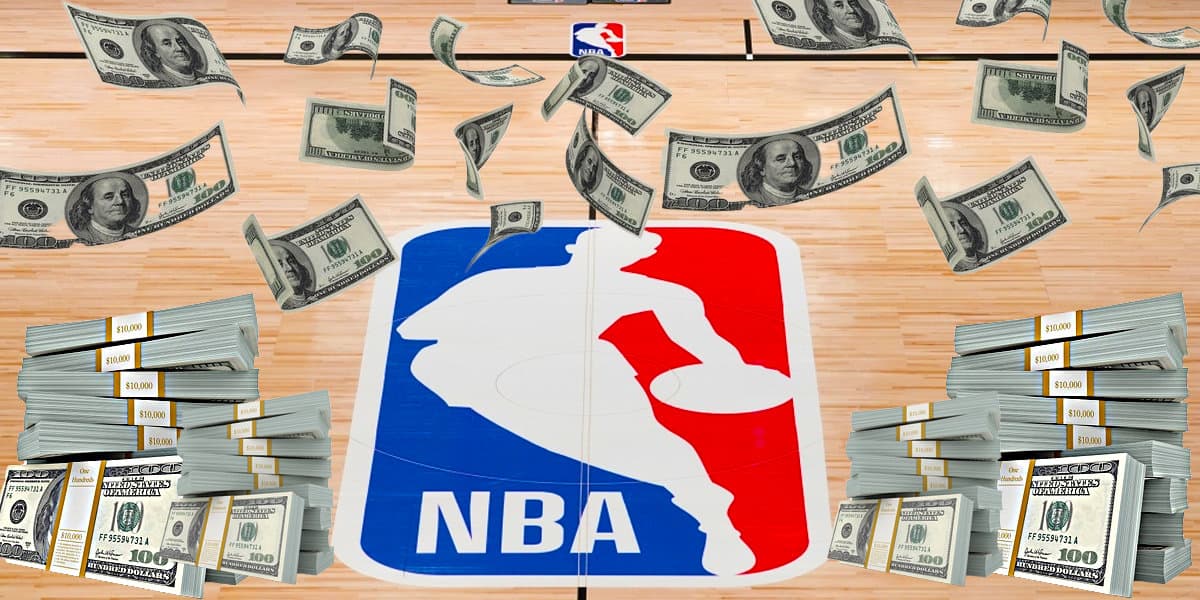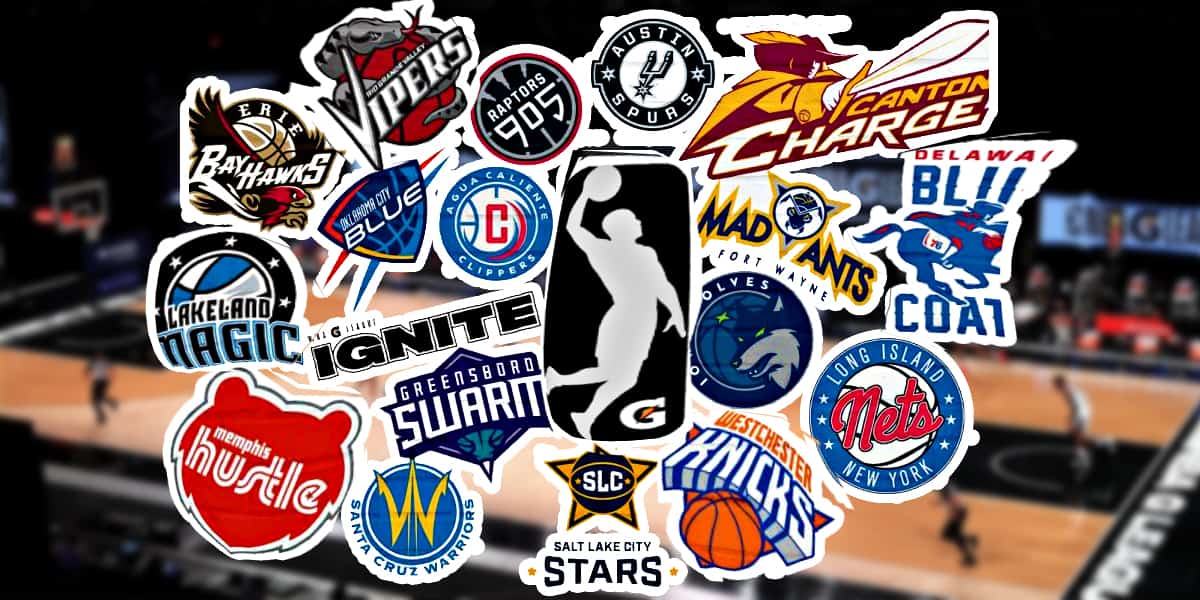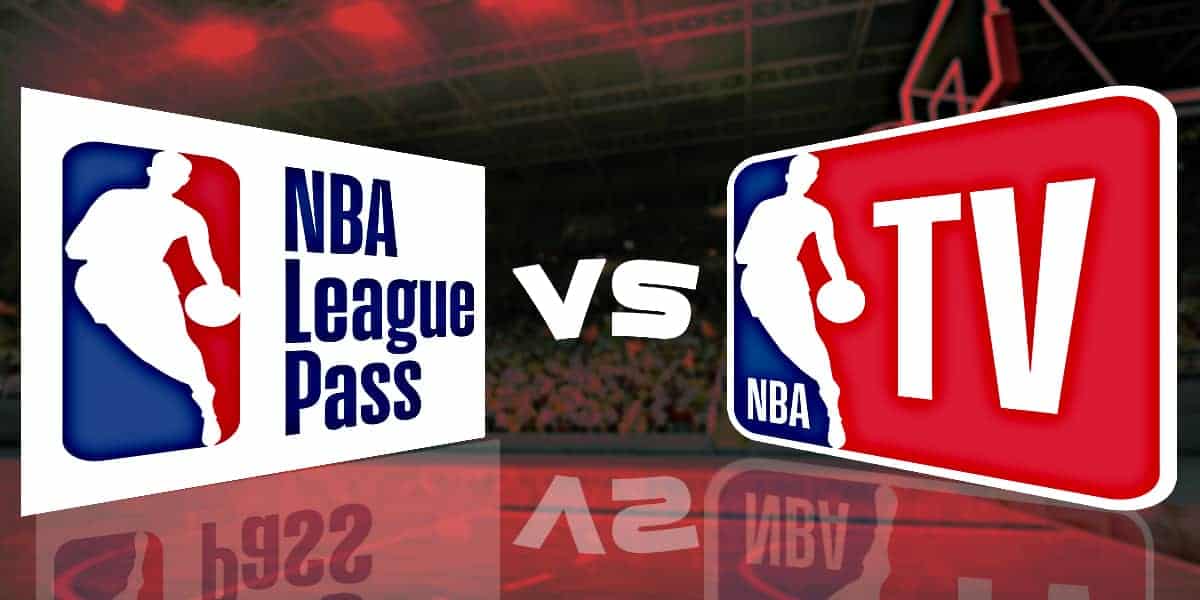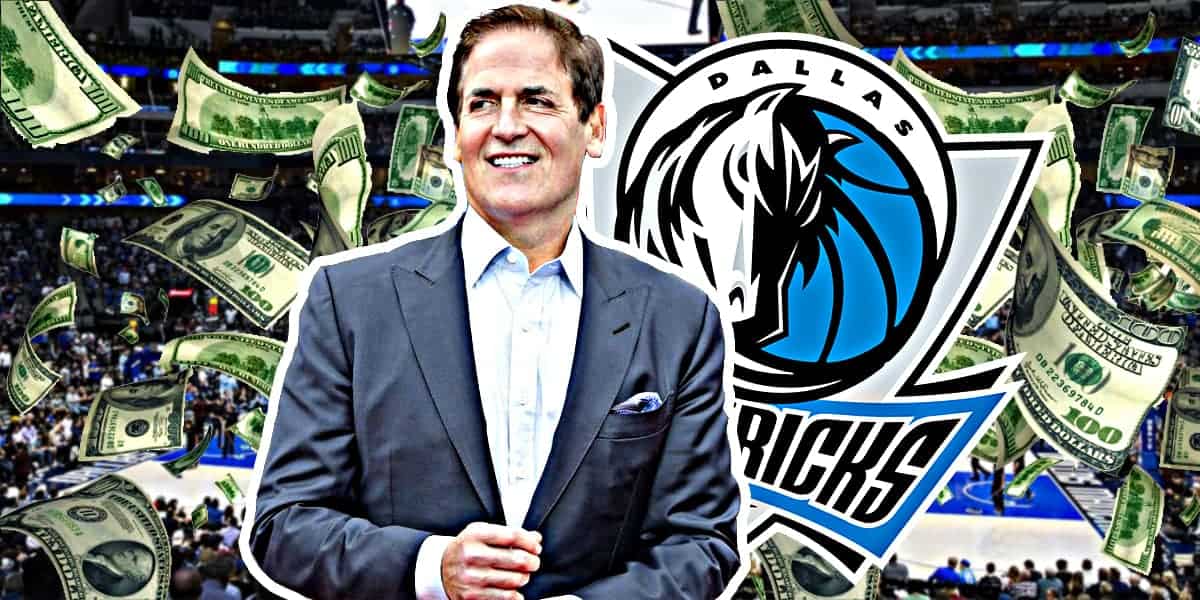
How do NBA teams travel?
How do NBA teams travel? Every NBA team plays at least 82 games during a season, a number that goes over 100 if we include the preseason games and potential playoff games. In half of these games, every team plays on the road which means that each team takes around 100 flights each season.
The schedule is created in a way that the teams play the division rivals more than the teams from the other conference mainly to reduce the flying time, but still, there is a lot of time in the air for every player.
To makes things even worse, the teams often take the flights to a road game right after they have finished a game in their city, which means that they arrive late in other cities that are often in a different time zone.
NBA teams spend more time at cruising altitude than teams in any other professional league. The jet lag from traveling to 41 road games during the regular season may be really difficult.
Why NBA teams usually have a worse record on road is not as much as because of the fans in the arena but to the traveling process. Each time during the regular season goes on a tour that lasts a week with the team traveling from town to town, which sometimes makes the players forget where they are when they wake up in the morning.
The NBA travel schedule, with travel across four time zones, is as difficult as it comes. Probably, it is the worst when teams play back-to-back road games.
NFL teams routinely travel as far, but only play once a week with only eight or nine road games within a regular season and most of their games are played on Sundays.
MLB teams play more often, actually double as much as the NBA teams but spend four to five days in each city, making for fewer miles traveled. NBA teams play, on average, slightly over three games a week over a 26-week regular season. And they go far, with most teams traveling well over 40,000 miles over the regular season.
Knowing that there are many players in the league who are there for numerous years, the number of flying hours of an NBA veteran is close to an airline employee.
Given the fact that the teams need their players in the best possible physical shape, they do all in their power to make the traveling as comfortable as possible.
The players usually skip the regular airport control and do not wait in lines to get on their plane.
In 2015, the NBA and Delta Air Lines Inc struck a deal in which 27 of the 30 NBA teams would be carried by their chartered jets specifically fitted out to host NBA players.
Delta Air Lines Inc. started using Boeing 757s under a tentative agreement for NBA charters, with almost 50 percent more cabin space than the usual planes.
The planes that NBA teams are using, usually feature 54 leather business-class seats with as much as 5 feet of pitch or the distance from a spot on one row to the same place on the next one. That’s about twice as much as the industry standard and accommodates NBA players who average 6 feet, 7 inches. The seats swivel, so players can twist to chat or play cards.
It’s also customary for sports stars to get extra attention on charters, with crews ready to provide a coach’s favorite drink or a player’s food preferences.
The A319 that Delta has been using in the pro sports team airliner segment is the smallest of the VIP airliners in the space. NBA squads usually fly with about 50 players, staff, reporters, and guests.
The Miami Heat, Dallas Mavericks, and Houston Rockets are the only teams not covered by the agreement. The Heat and Rockets each use different charter companies while billionaire Mark Cuban’s Mavericks fly in their own 757.
Knowing how many flights the NBA teams have taken, of course, there have been some minor incidents.
In 1960, the Lakers narrowly averted being part of a major air disaster when their DC-3 charter crashed in an Iowa cornfield. Nobody on the plane was hurt. The Lakers were coming home from a game in St. Louis when about 10 minutes into the flight the generator in the team’s DC-3 charter failed, leaving the pilots without lights, heat, navigation devices, and radio power.
Unable to return back to Lambert Field in St. Louis because of the number of planes backed up over the airport, the pilots continued, hoping to navigate their way towards Minneapolis by starlight. They lost course, and soon had serious worries about fuel. Fortunately, the plane landed safely and no one was injured.
In 2017, Oklahoma City Thunder’s plane hit a bird on 30,000 feet leaving the nose of a charter plane left with a massive dent.
Last season, the Utah Jazz plane was forced for an emergency landing. Players and staff of NBA team Utah Jazz were left “shaken, but unharmed” after a bird strike forced the plane they were on to make an emergency landing.
The travel party had been heading to the team’s next game against the Memphis Grizzlies on a chartered flight but, just minutes into the journey, the decision was made to turn back for Salt Lake City Airport. The bird strike had caused a fire in at least one of the engines.








7 COMMENTS